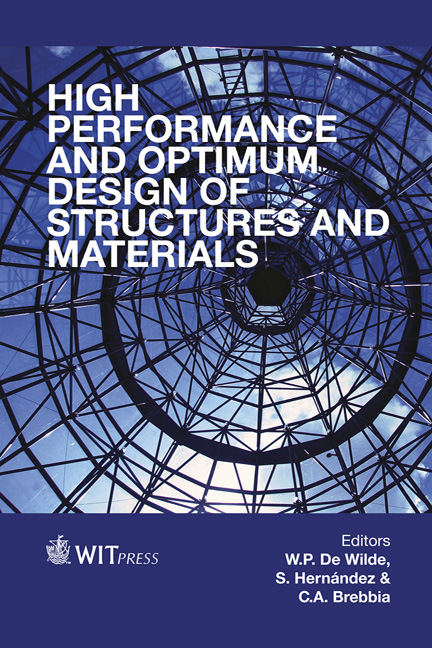Dynamic Responses Of A Steel Composite Bridge Subjected To A Moving High Speed Train Load In Comparison With A PSC Box Girder Bridge
Price
Free (open access)
Transaction
Volume
137
Pages
12
Page Range
127 - 150
Published
2014
Size
764 kb
Paper DOI
10.2495/HPSM140121
Copyright
WIT Press
Author(s)
S. Kim, H. Kim & J. Lee
Abstract
Dynamic responses of a high speed railroad steel composite bridge have been investigated experimentally and compared with responses of a prestressed concrete box girder bridge which is one of the most typical types in the Korean high speed railroad. A two I-shaped steel composite girder bridge (1@40m) and a prestressed concrete box girder bridge (2@40m) have same span length of 40m, but one is simply supported and the other is continuous. Therefore, for direct comparison, the fictitious steel composite continuous bridge (2@40m) was numerically modeled based on a nominated design process. A set of experimental tests were performed during the operation of KTX, and dynamic responses (vertical accelerations and vertical displacements) were measured. Measured responses show that the vertical displacements of tested bridges all satisfy requirements for passenger comfort, but vertical acceleration responses were also found to be very close to the limit value for traffic safety. It was found that most of the excessive acceleration responses occurred when the passing speed of the train is close to the critical speed which causes resonance. Keywords: high speed railroad bridge, bridge-train interaction, moving load.
Keywords
high speed railroad bridge, bridge-train interaction, moving load.





